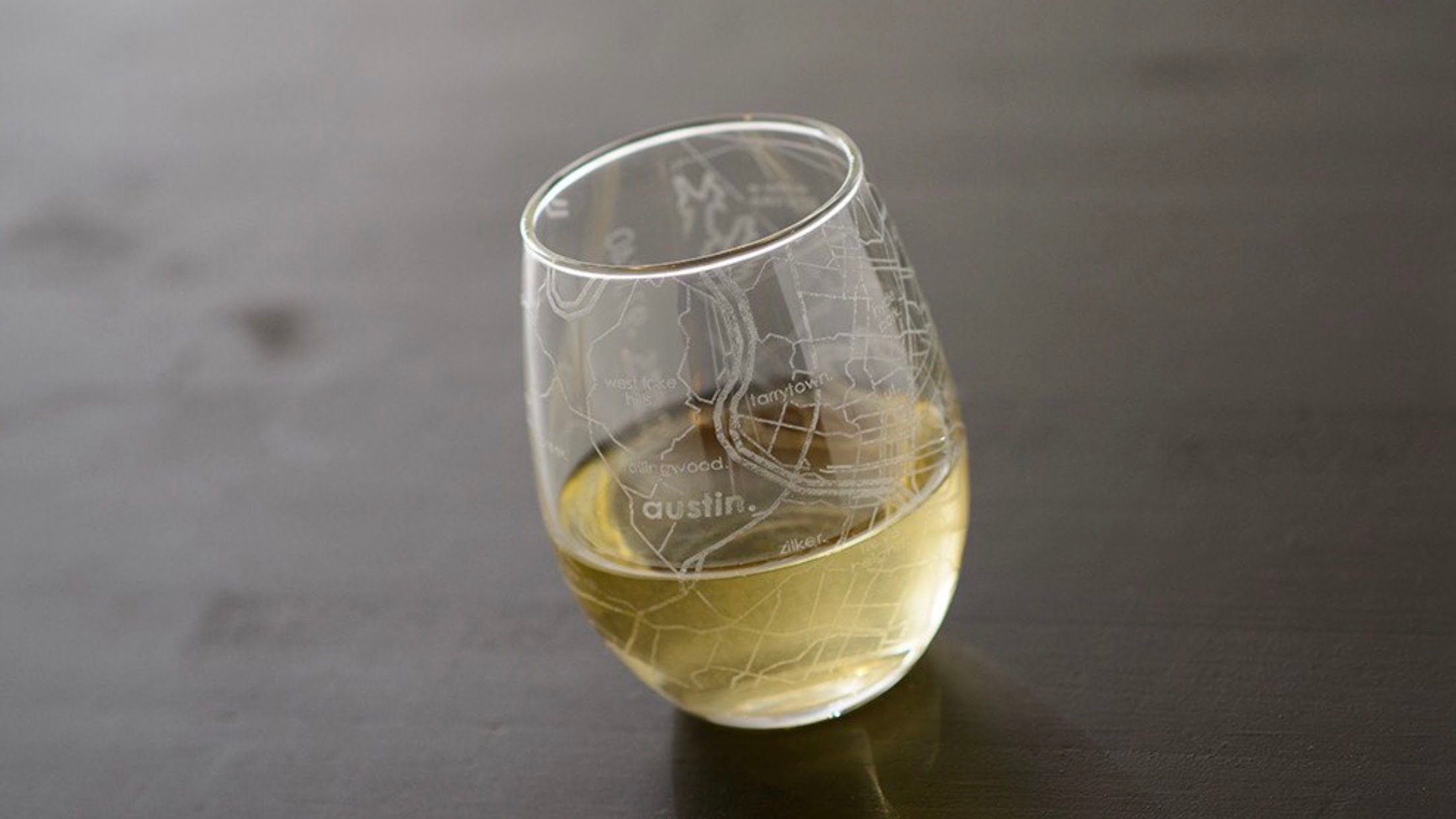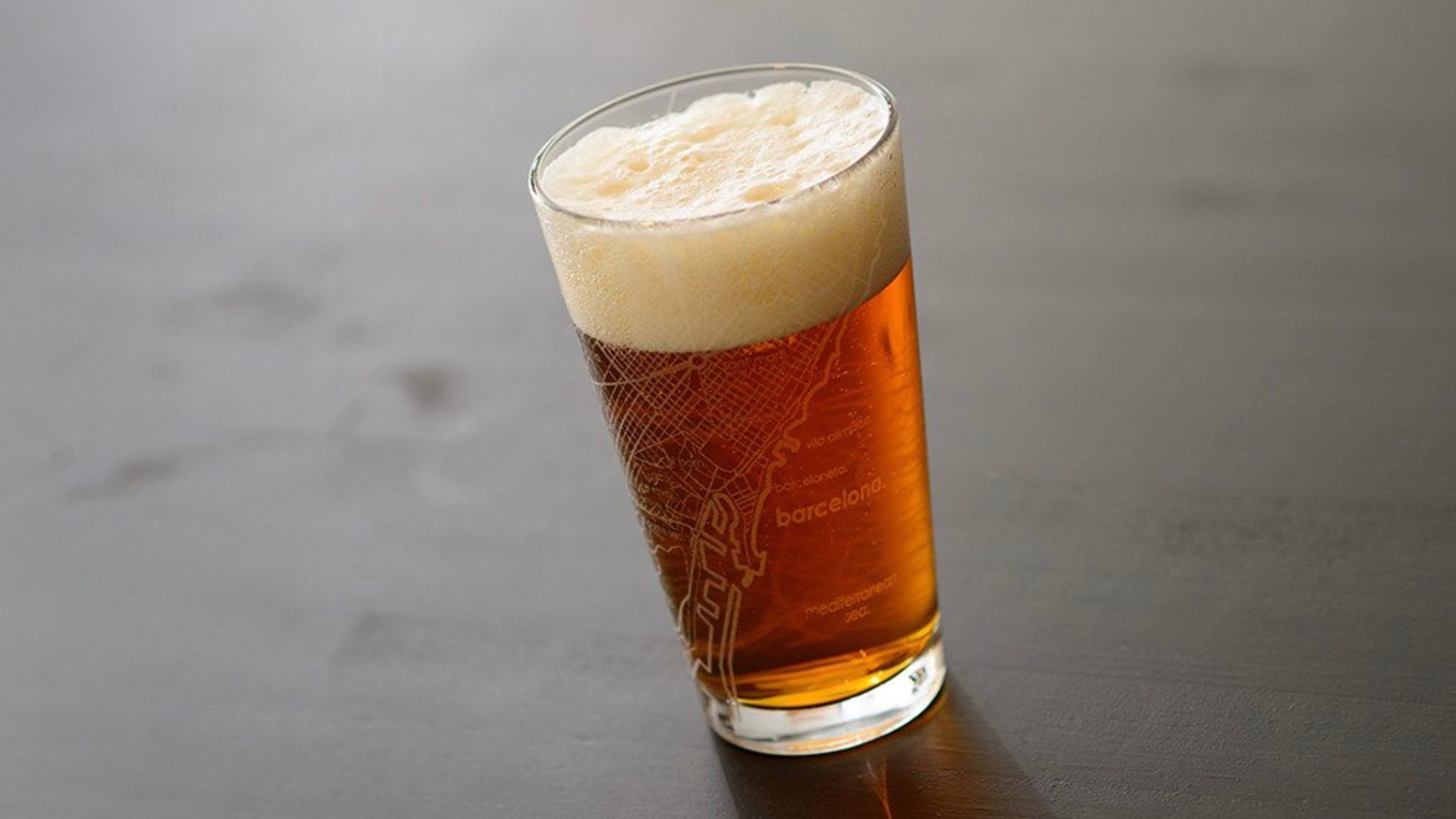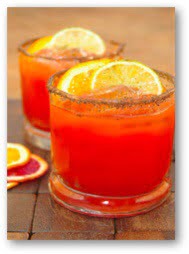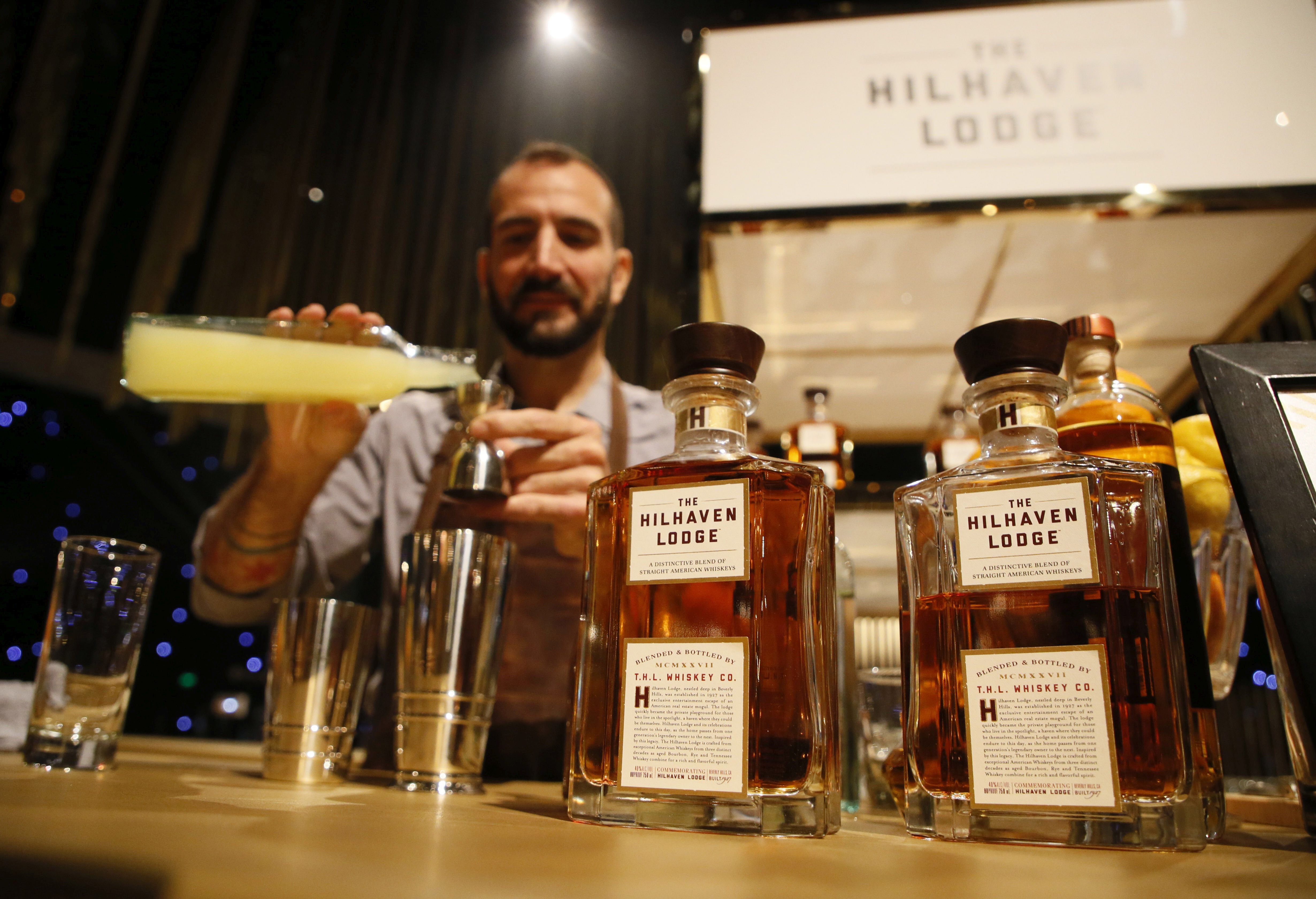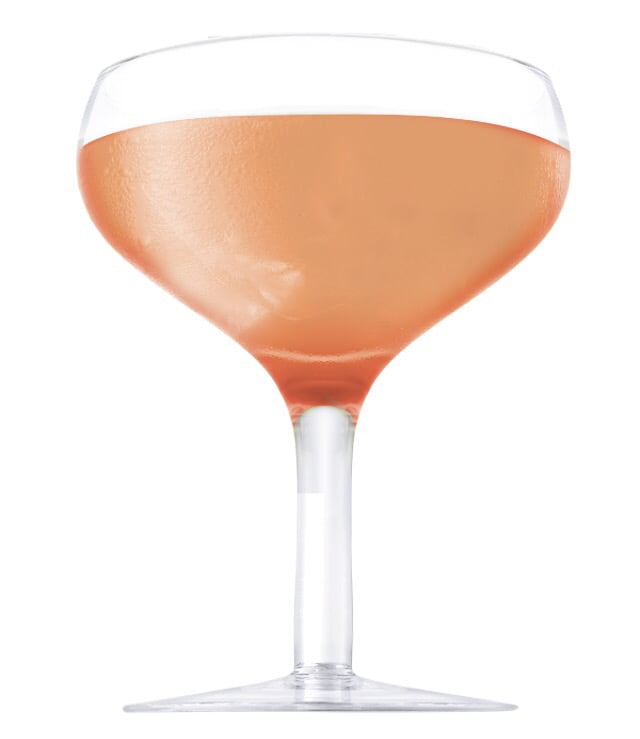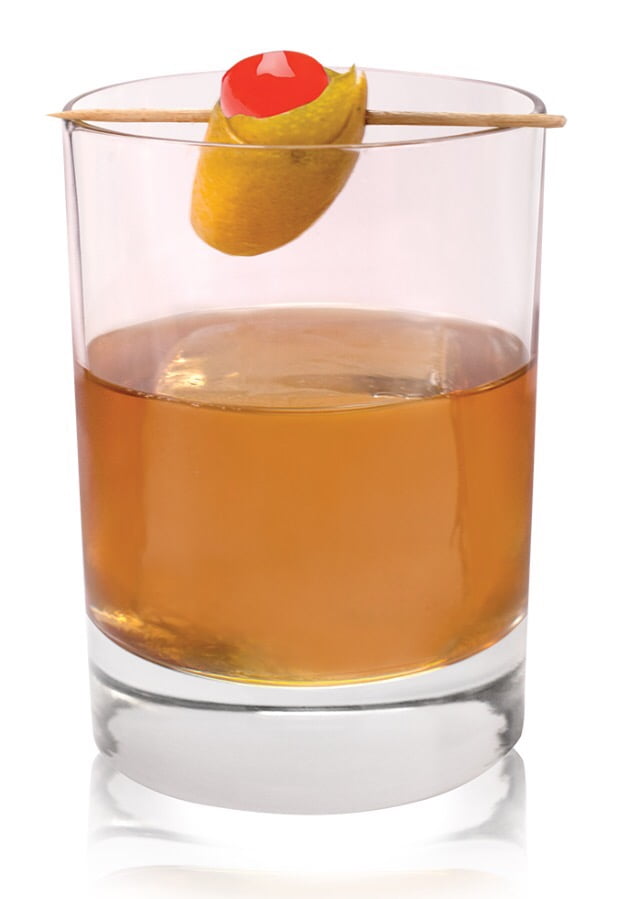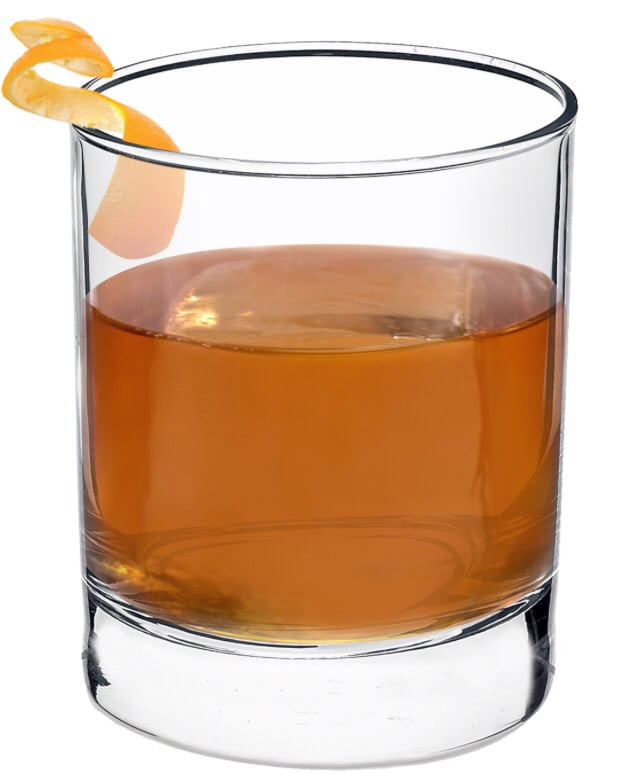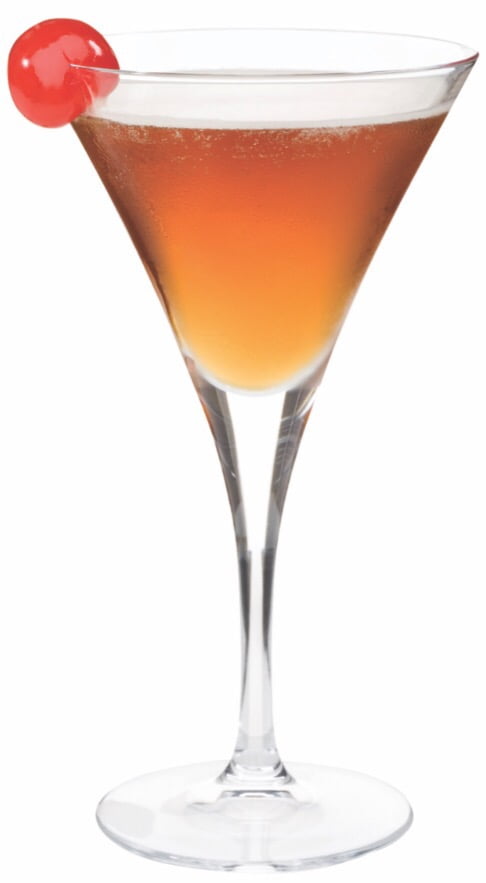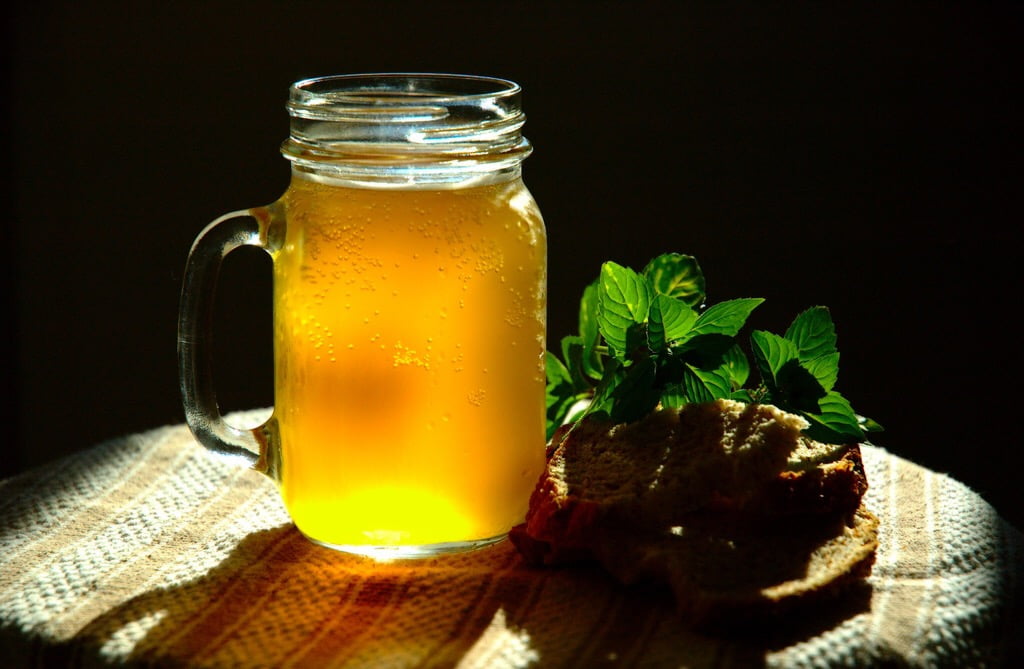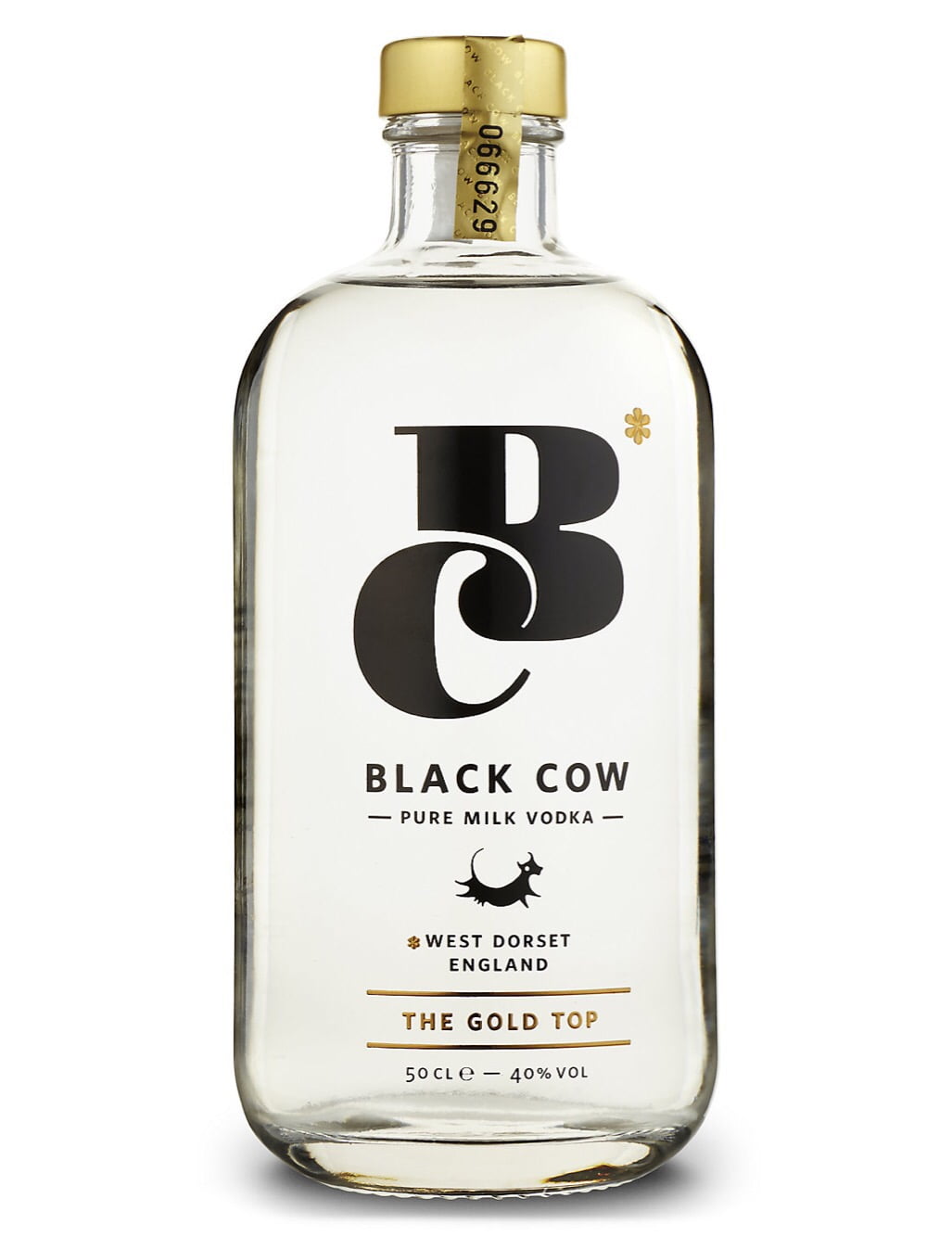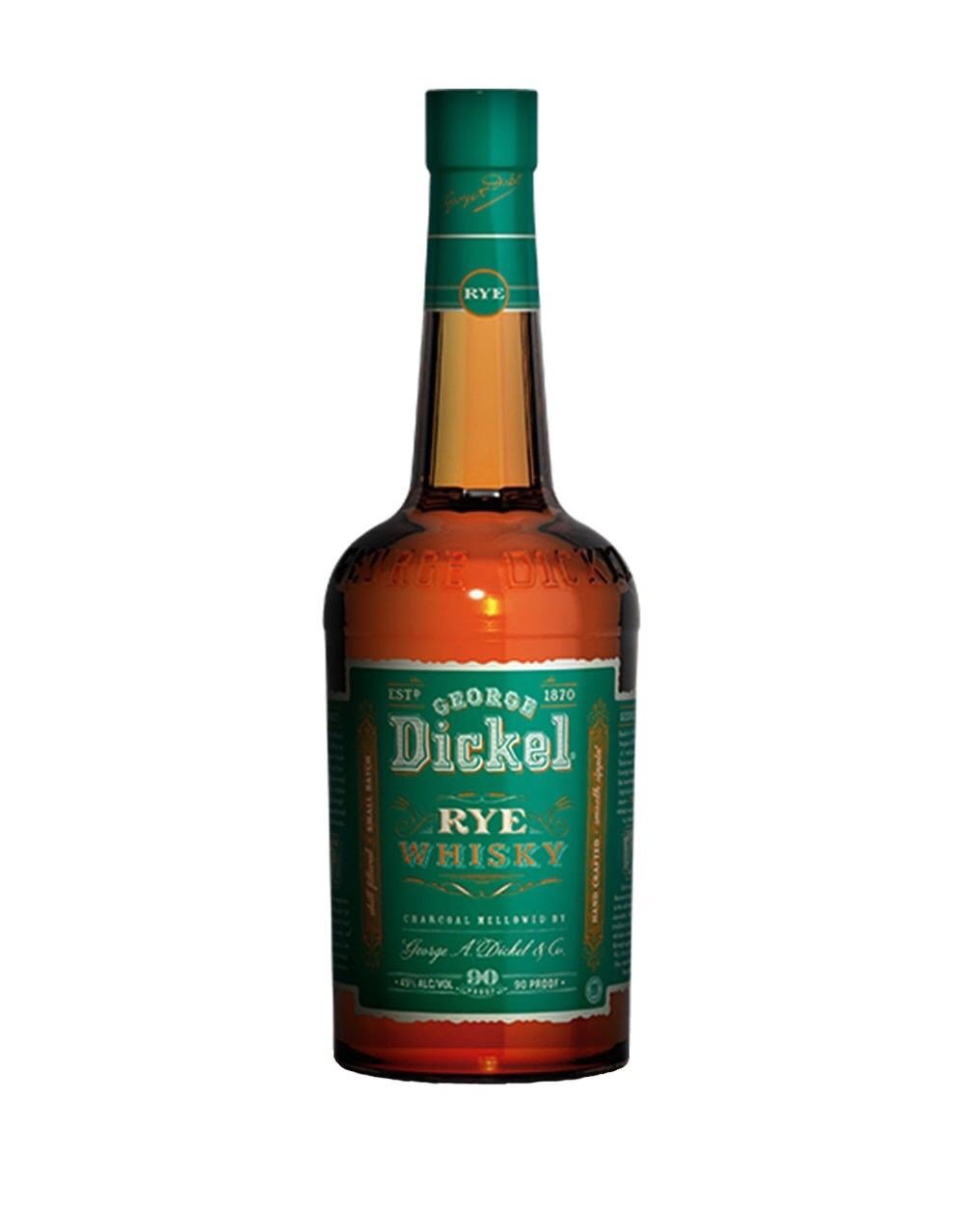JAMESON® IRISH WHISKEY AND NEW YORK RESTORATION PROJECT LAUNCH JAMESON LOVE THY NEIGHBORHOOD BREWERY FEST TO SUPPORT NEW YORK RESTORATION PROJECT, A FIRST-OF-ITS-KIND CRAFT BEER AND WHISKEY FESTIVAL
New York Restoration Project, Jameson® Irish Whiskey and 16 American Brewers Celebrate the Launch of a Craft Beer and Whiskey Festival and Limited-Edition Beers, with 100% of Event Proceeds Supporting NYC
Jameson® Irish Whiskey is going where no whiskey has gone before. Today, the brand and New York Restoration Project unveil the first-of-its-kind, craft beer and whiskey festival – Jameson Love Thy Neighborhood Brewery Fest – which supports New York Restoration Project and brings together 16 American craft brewers from across the country to celebrate the people, places and things Jameson loves about local neighborhoods.
On Saturday, October 14th from 3:00 to 7:00 pm at The Duggal Greenhouse in Brooklyn, New York Restoration Project will host Jameson’s Love Thy Neighborhood Brewery Fest featuring the craft brewers who are part of Jameson’s established Drinking Buddies program and Jameson Music emerging artists, Eve And The Exiles, J-Council, Julia Haltigan, Kristin Diable and more.
Consumers will see first-hand Jameson’s commitment to neighborhoods through live music, Jameson Caskmates and beers that are unique to some of the brewery partner’s local communities with their Jameson limited-edition beers becoming available in their neighborhoods at a later date. Officially on sale today, tickets are $30 and available for purchase at http://www.nyrp.org/LTNBreweryFest. One purchased ticket covers admission into the festival, and includes food and a tasting experience.
“We are excited to show Jameson’s love for local neighborhoods with this first-of-its-kind festival that brings together 16 craft brewery partners from our Jameson Drinking Buddies program who represent the unique qualities and tastes of their respective neighborhoods,” said Paul Di Vito, Vice President of Marketing, Jameson Irish Whiskey, Pernod Ricard USA. “This craft beer and whiskey fest benefits the New York Restoration Project and celebrates all the great things and people that make up the local neighborhoods around the country.”
As part of Jameson Love Thy Neighborhood Brewery Fest, Jameson is partnering with New York Restoration Project with 100 percent of the proceeds from the festival helping to create a greener, more sustainable community. Like Jameson, New York Restoration Project is passionate about cultivating healthy and thriving neighborhoods and collaborating with partners who give back to members of the community.
“As an organization that focuses on cultivating sustainable growth in our communities, we are thrilled to host Jameson Love Thy Neighborhood Brewery Fest,” said Deborah Marton, Executive Director of New York Restoration Project. “It’s great to see Jameson’s passion for community and how this festival is bringing neighbors together for a unique collaboration that will benefit New York Restoration Project’s community greening efforts across New York City.”
The Jameson Love Thy Neighborhood Brewery Fest is the culmination and celebration of the latest progression of Jameson’s long-standing Drinking Buddies program. Inspired by the creation of Jameson Caskmates, which was the end result of a collaboration with local Irish craft brewery, Jameson worked with each of the 16 craft brewers to create limited-edition beers featuring hints of its beloved whiskey. Jameson provided each brewer with Jameson barrels to age their craft beer for a select period of time. Each brewery in the program has produced a limited edition beer, only available in their local market that features hints of Jameson Irish Whiskey incorporated with their already distinct craft beer flavors.
Returning and new breweries for Jameson’s Drinking Buddies program and Jameson Love Thy Neighborhood Brewery Fest in Support of New York Restoration Project are:
· BOSTON, MA: Harpoon Brewery
· BROUSSARD, LA: Parish Brewing Company
· CHICAGO, IL: Revolution Brewing
· CLEVELAND, OH: Fat Head’s Brewing
· DENVER, CO: Great Divide Brewing Company
· EWING TOWNSHIP, NJ: River Horse Brewing Company
· HALENTHROPE, MD: Heavy Seas
· LAS VEGAS, NV: Big Dog Brewing Company
· MINNEAPOLIS, MN: Fulton Brewery
· NASHVILLE, TN: Black Abbey Brewing Company
· NEW YORK, NY: Captain Lawrence Brewing Company
· POTTSTOWN, PA: Sly Fox Brewery
· SAN DIEGO, CA: Green Flash Brewing Company
· ST. LOUIS, MO: 4 Hands Brewing Co
· TAMPA, FL: Cigar City Brewing
· YAKIMA, WA: Bale Breaker Brewing
For more information on these unique collaborations with local American brewers, please visit http://www.jamesonwhiskey.com/us/our-culture/drinking-buddies. The limited-edition beer aged in Jameson casks from the 16 craft brewers will only be available for a limited time in their local markets.
TASTE RESPONSIBLY.
JAMESON® Irish Whiskey. 40% Alc./Vol. (80 Proof). Product of Ireland. ©2017 Imported by John Jameson Important Company, Purchase, NY
About Pernod Ricard USA®
Pernod Ricard USA is the premium spirits and wine company in the U.S., and the largest subsidiary of Paris, France-based Pernod Ricard SA. The company’s leading spirits and wines include such prestigious brands as Absolut® Vodka, , Avión® Tequila, Chivas Regal® Scotch Whisky, The Glenlivet® Single Malt Scotch Whisky, Jameson® Irish Whiskey, Kahlúa® Liqueur, Malibu®, Martell® Cognac, Olmeca Altos™ Tequila , Beefeater® Gin, Del Maguey® Single Village Mezcal, Monkey 47® Gin, Plymouth® Gin, Seagram’s® Extra Dry Gin, , Hiram Walker® Liqueurs, Lot No. 40® Canadian Whiskey, Midleton® Irish Whiskey, Powers® Irish Whiskey, Redbreast® Irish Whiskey, Smithworks® Vodka, Smooth Ambler® Whiskey, Pernod®, and Ricard®; such superior wines as Jacob’s Creek®, Kenwood® Vineyards, Campo Viejo® and Brancott Estate®; and such exquisite champagnes and sparkling wines as Perrier-Jouët® Champagne, G.H. Mumm™ Champagne and Mumm Napa® sparkling wines.
Pernod Ricard USA is based in New York, New York, and has roughly 650 employees across the country. Pernod Ricard USA urges all adults to consume its products responsibly and has an active campaign to promote responsible drinking. For more information on this, please visit: www.responsibility.org.
About New York Restoration Project
New York Restoration Project (NYRP) is a nonprofit organization driven by the conviction that all New Yorkers deserve beautiful, high-quality public space within walking distance of their homes. Since its founding in 1995 by Bette Midler, NYRP has planted trees, renovated gardens, restored parks, and transformed open space for communities throughout New York City’s five boroughs. As New York’s only citywide conservancy, it brings private resources to spaces that lack adequate municipal support, fortifying the city’s aging infrastructure and creating a healthier environment for those who live in the most densely populated and least green neighborhoods.
